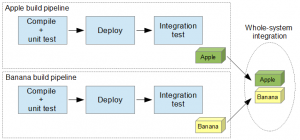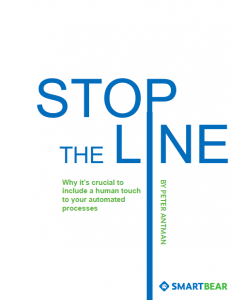Most of you have a relational database involved in your persistence. As soon as your first version has been set in use, you can’t change the database schema as easy anymore or you might lose valuable production data.
At the same time, continuous delivery demands that there should be as few manual steps as possible. See here for motivation on continuous delivery.
You no longer have a few database instance, there are numerous for different levels of testing and every developer nowadays run a personal database. To keep track of all database instances and keep them updated becomes a steep task.
To tackle this, we started using Flyway as a tool to manage our database scripts. Our applications migrates the database automatically on startup so we get a hands-free solution that will guarantee that the code and database schema is in sync.
Here is a technical recipe for accomplishing this when using Flyway in combination with Spring.
Continue reading




